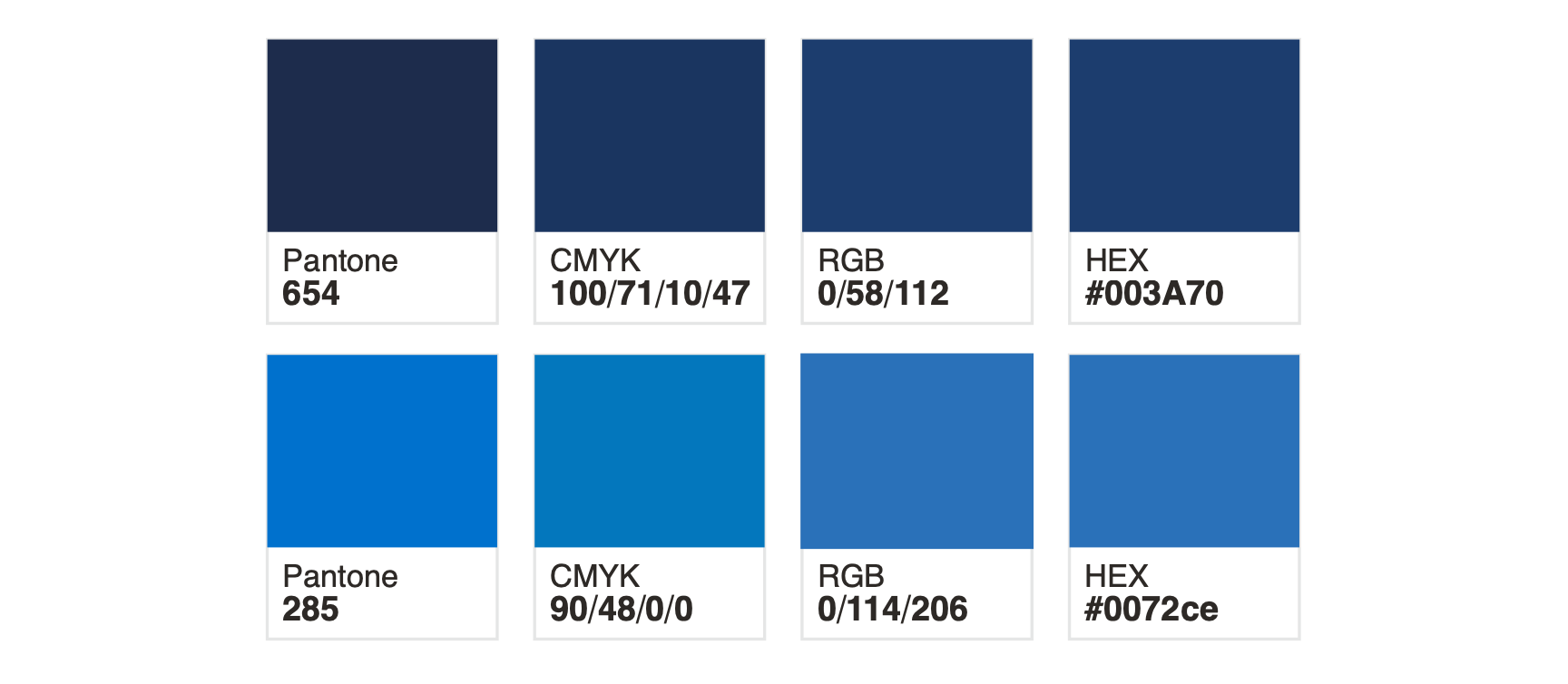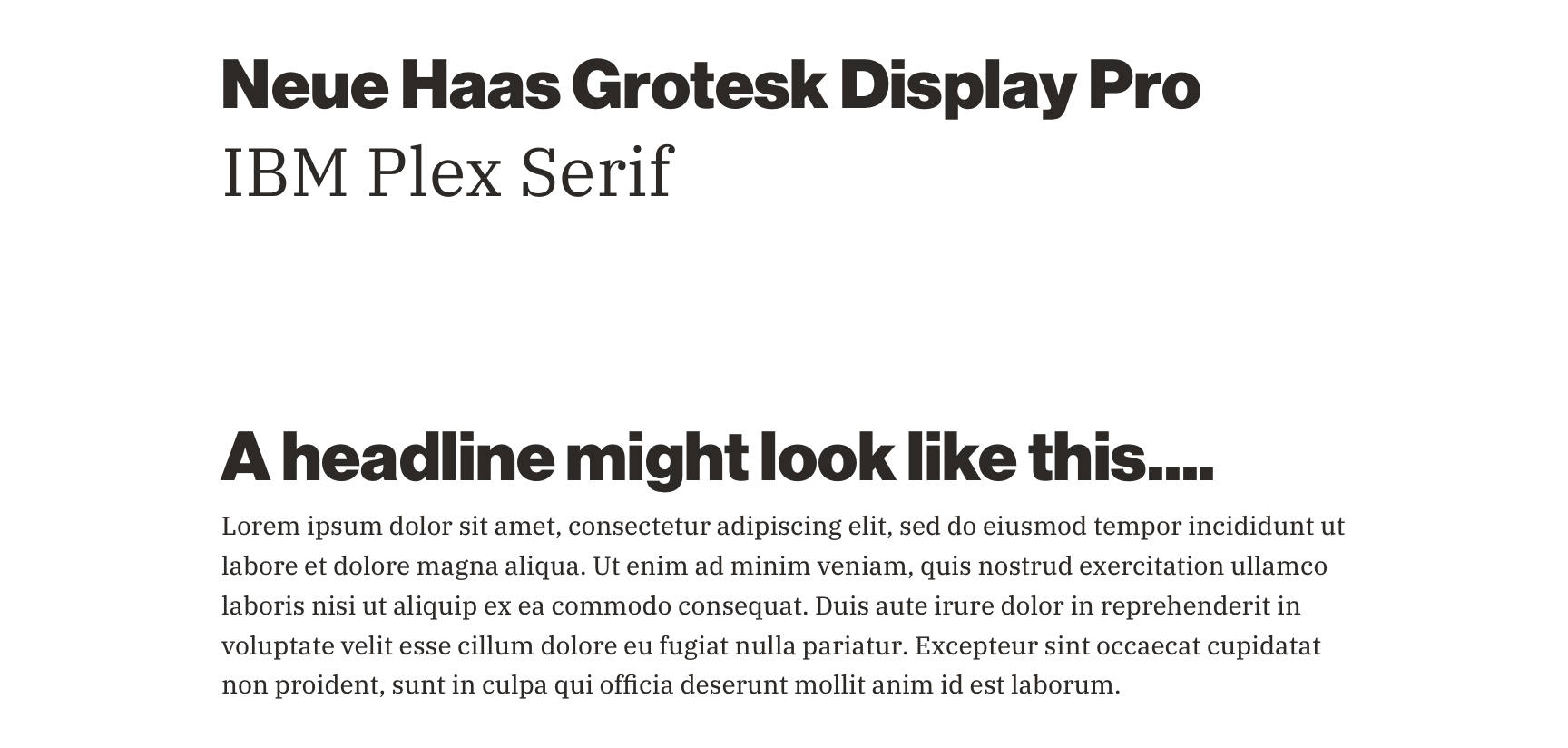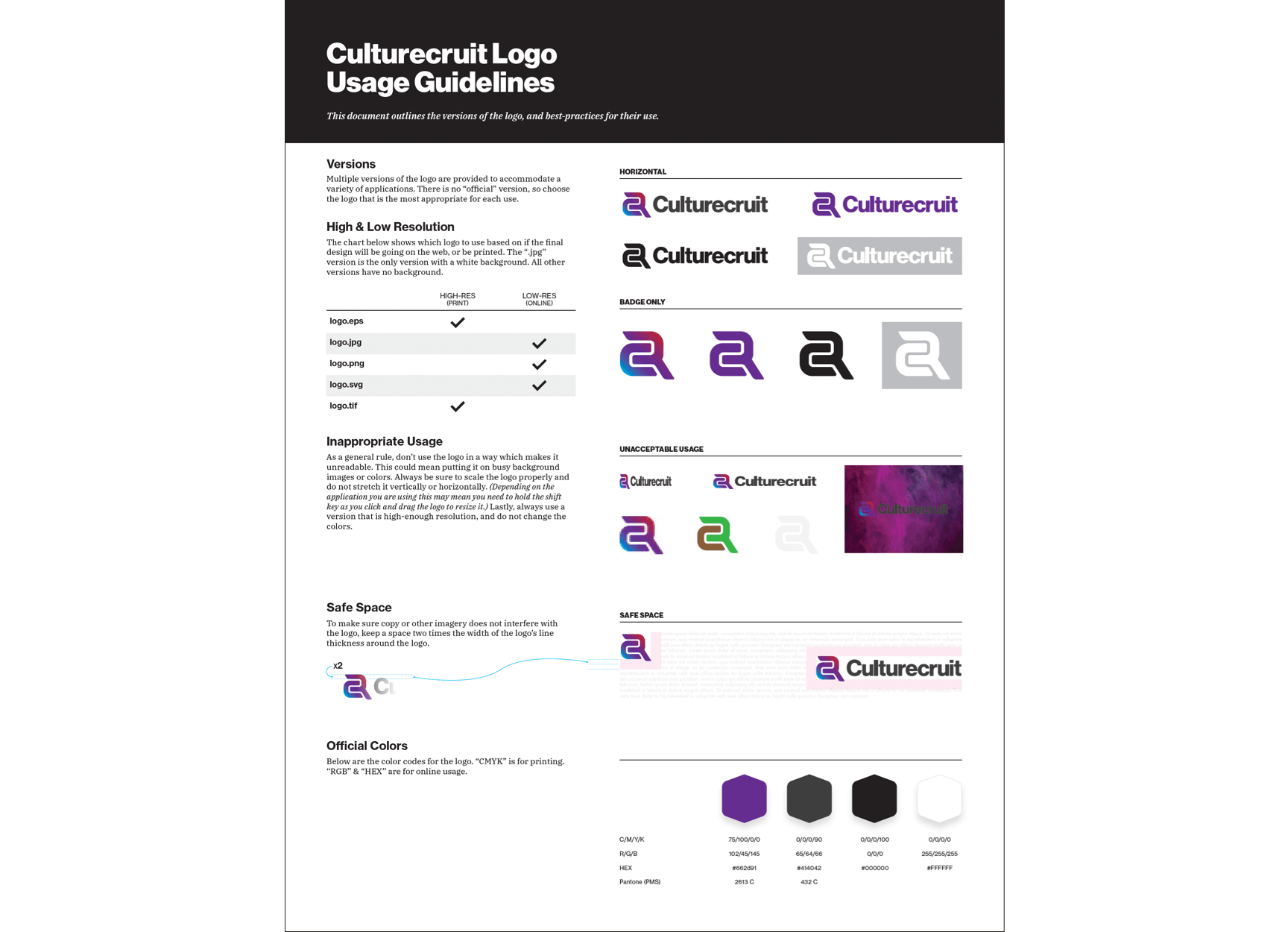Every business needs a brand in order to be successful. But once you have a brand, how can you ensure your company uses it correctly?
It is as simple as creating a brand guide.
What is a Brand Guide?
A logo is not a brand. A color is not a brand. A font is not a brand. Instead, a brand is the culmination of these creative pieces — the logo, color palette, story, voice, imagery, typography, and more.
A brand guide is a document that defines how to communicate the creative assets of your company to the world. It is often referred to as a style guide, brand book, brand guidelines, and many other names. Think of it as a rulebook or user manual for your brand.

It is a tool to stay consistent with how your company looks. Whether internal or external, every document, presentation, advertisement, promotional item, and creative asset should align with your brand. Everyone within the company is on the same page, and everyone outside the company gets similar messaging.
What to Include in a Brand Guide?
The brand needs to be established before the creation of a brand guide. Define your mission, what your company stands for, the brand personality and other details to get to know yourself as a company. Once you have the brand figured out, the style guide can be constructed. Here are various elements that are beneficial to include:
- Primary Logo **
- Logo Variations **
- Brand Colors **
- Typography **
- Brand Story
- Brand Accents (patterns, marks, shapes, etc.)
- Photography, Illustration, and Icon Styles
- Voice/Writing Style
- Anything else that furthers your brand's identity
The items marked with a double asterisk (**) are necessary for every brand guide. Let's dive into these elements a little deeper.
Logo Styles
Include all versions of your logo -- primary, stacked, icon-only, one-color, etc. Show how to correctly size the logo and set standards for how it should be used.

Color Styles
Include main colors, accent colors, tints and shades, and any other colors that may be included in the brand. List all color values: Pantone, CMYK, RGB, and Hex. This will ensure that colors will stay consistent across digital and print.

Typography Styles
Include all typography and font choices. Instruct how to use the fonts. How should the fonts be sized and spaced? It is a good idea to show examples in this section!

How to Distribute a Brand Guide
Before creating a brand guide, you must establish the format for the guidebook. Smaller companies, sub-brands, volunteer organizations, and other small-scale operations might not need an extensive booklet of brand rules; however, larger companies, consumer-facing brands, multi-location businesses, e-commerce businesses, and other large-scale operations will require a more in-depth analysis of the brand. Here is an example of a one-page brand guide:

Once a brand guide is made, it needs to be accessible. The type of business you have can result in who has access to the brand guide. For example, if you are a small marketing agency with a designer and all marketing materials go through the designer, then the designer might be the only one who needs to reference the brand guide. If you are a medium-sized office, you may want to distribute a brand guide to all employees. Large corporations typically have their brand guides accessible on their website, so partners know how to use the logo, colors, etc. Here are 5 excellent real-world examples for inspiration:
Do you need a brand guide?
Yes. The answer to this question is yes.
So why is it so important to have a brand guide? It is essential to establish brand guidelines because it shows the world who you are through consistency! Without a brand guide, branding is interpreted and used differently by each employee and the audience.
Here is a quick demonstration. Susan in accounting creates an email signature using the company logo on a yellow background. She chose a font that she thought was pretty. However, Peter in sales creates an email signature using the company logo on a blue background.

The client who receives Susan's email might get the impression the brand is creative, spunky, and easy-going. The client who receives Peter’s email might assume the brand is authoritative, sleek, and modern. The brand is being used inconsistently here, which can come across as unprofessional. Susan isn't using the brand typeface and is having spacing issues with the logo. Peter is using an entirely different typeface, colors, and is using the stacked logo version on a background that is too difficult to see. In either situation, rules need to be put into place so the brand can effectively express who they are.
Brand guides come in all formats and sizes. Whether you need a one-page PDF or a 40-page booklet, we are here to help! Let's talk about branding.




